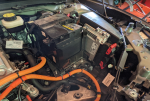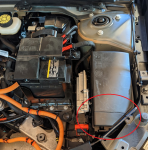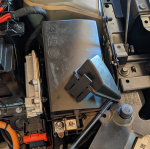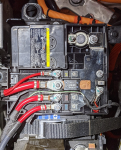All electric cars, counter-intuitively, have a 12V, conventional, car battery. This allows the car to use conventional parts for all the auxiliary widgets and bits that have been developed over the decades for ICE cars. It's also needed to disconnect and isolate the main, high voltage battery by manipulating contactors and more.
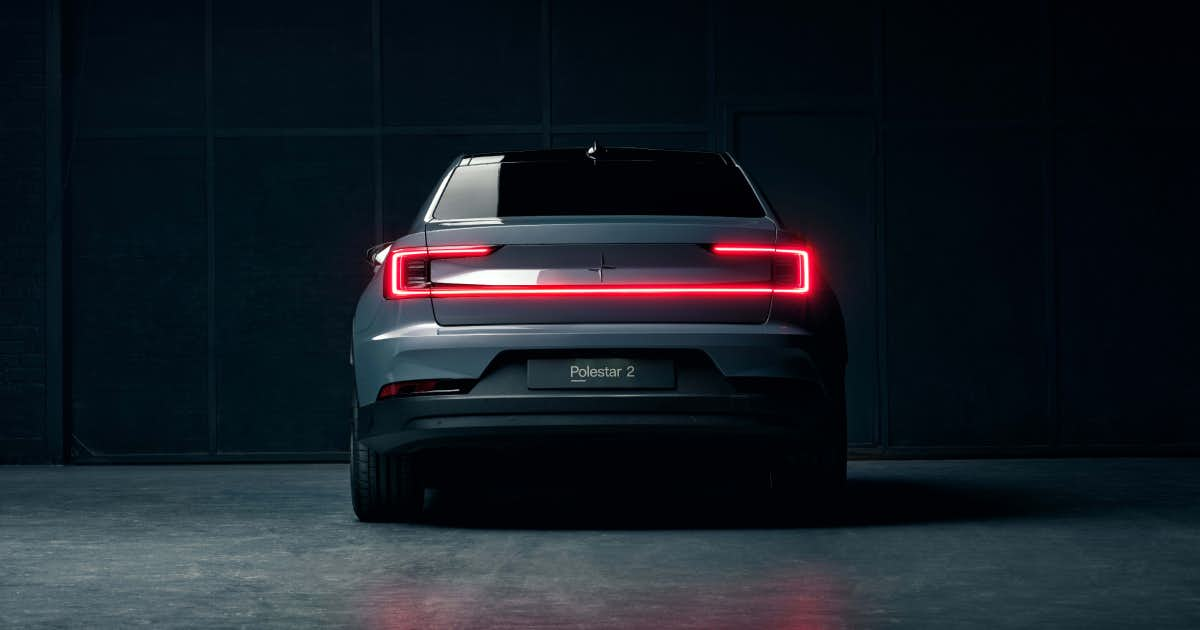
 www.polestar.com
www.polestar.com
There are known issues for which the solution is to temporarily disconnect the 12V battery or to boost or charge the 12V battery.
Since I had all the plastic bits out, and since the good doctor Polerad asked, I thought I'd post some observations about the 12V battery and the nearby fuse box.
First, you need to remove those plastic bits: Getting under the Frunk, for the timid... with pictures.
Once that's done, here's the 12V battery (green circle) and its neighbor, the fuse box (red ellipse).
![7205 7205]()

Pure progressive performance | Polestar
Passion and emotion drive us, electricity and innovation drive our cars. We are all in, guiding our industry forward through pure, progressive, performance.
There are known issues for which the solution is to temporarily disconnect the 12V battery or to boost or charge the 12V battery.
Since I had all the plastic bits out, and since the good doctor Polerad asked, I thought I'd post some observations about the 12V battery and the nearby fuse box.
First, you need to remove those plastic bits: Getting under the Frunk, for the timid... with pictures.
Once that's done, here's the 12V battery (green circle) and its neighbor, the fuse box (red ellipse).


